| | Well, we DID wish for more rain – and we got it! Most of the time earlier this month, I was appreciative of the slow-and-sure, lightly-falling rain that so softly landed and was absorbed by the soil and refreshed the plant foliage. But some of those downpours were edging on frightening, so loudly did they pound on our home’s roof and overflow the gutters and downspouts. Luckily, after the first deluge melted some of the soil in my downward-slanted pathways onto pavement, I raked some sideways-angled furrows and topped them with some fallen oak tree leaves to redirect and slow the flow and encourage more absorption broadly. This lasted all the way through the last downpour and remains in place for any more to come. Yesterday, I transplanted several more 6-packs of veggies, including different colors of cauliflower to replace ones I’ve already harvested, a red-leaved celery, more perennial Green Globe artichokes to replace the annual varieties that’d died out, red-leaved tatsoi, and baby bok choy. I also spread out some lettuce and chard and other seedlings that are finally large enough from seeds I’d sowed in early December and were fostered by the wonderful rains. Some More Tasks As A Result of The Deluge
If Frost Threatens
For more monthly tasks, see at January and February. For other seasonal blogs, see Homepage. |
|
0 Comments
|
Categories |
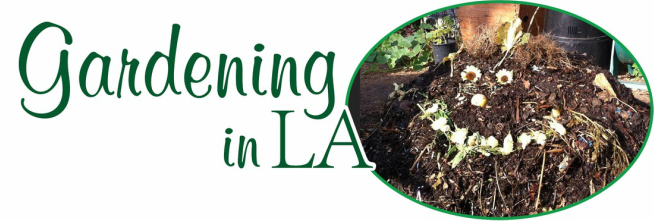
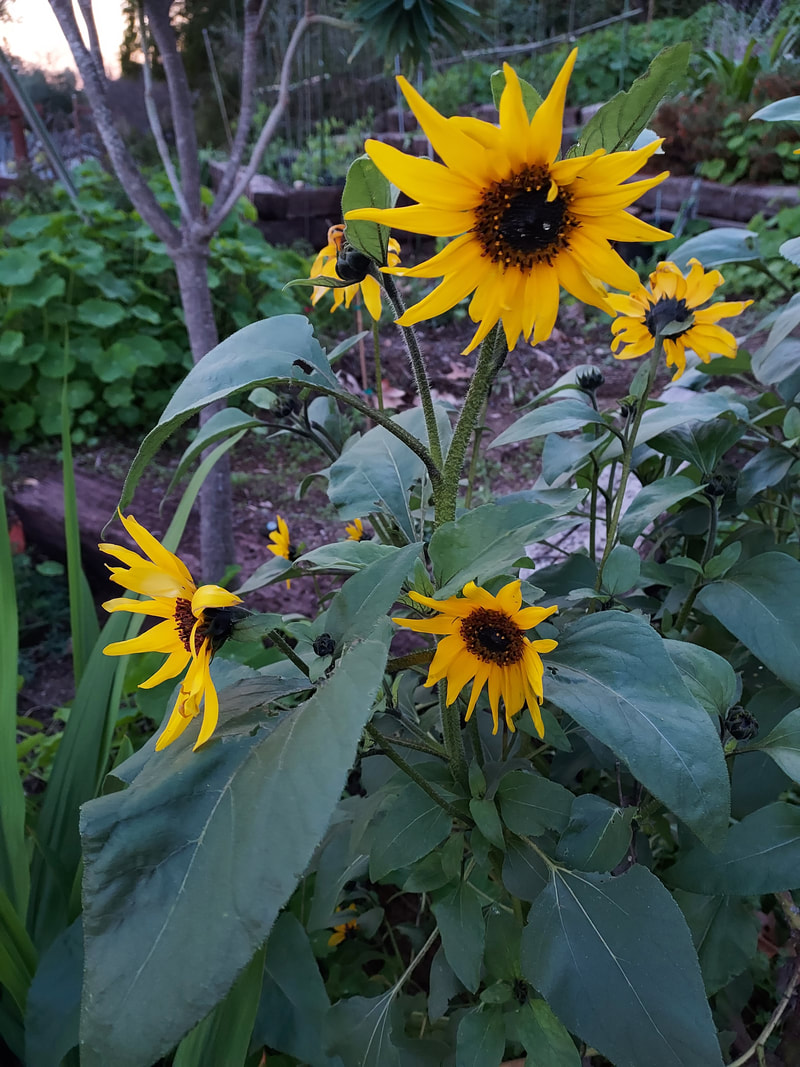
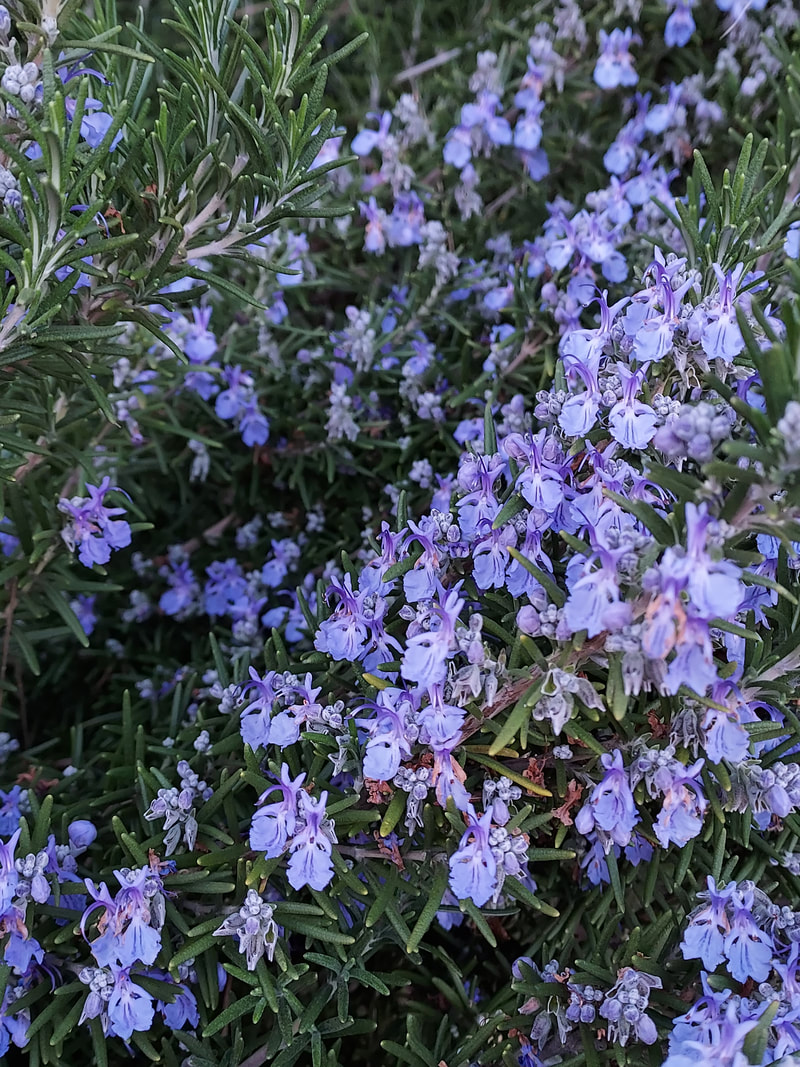

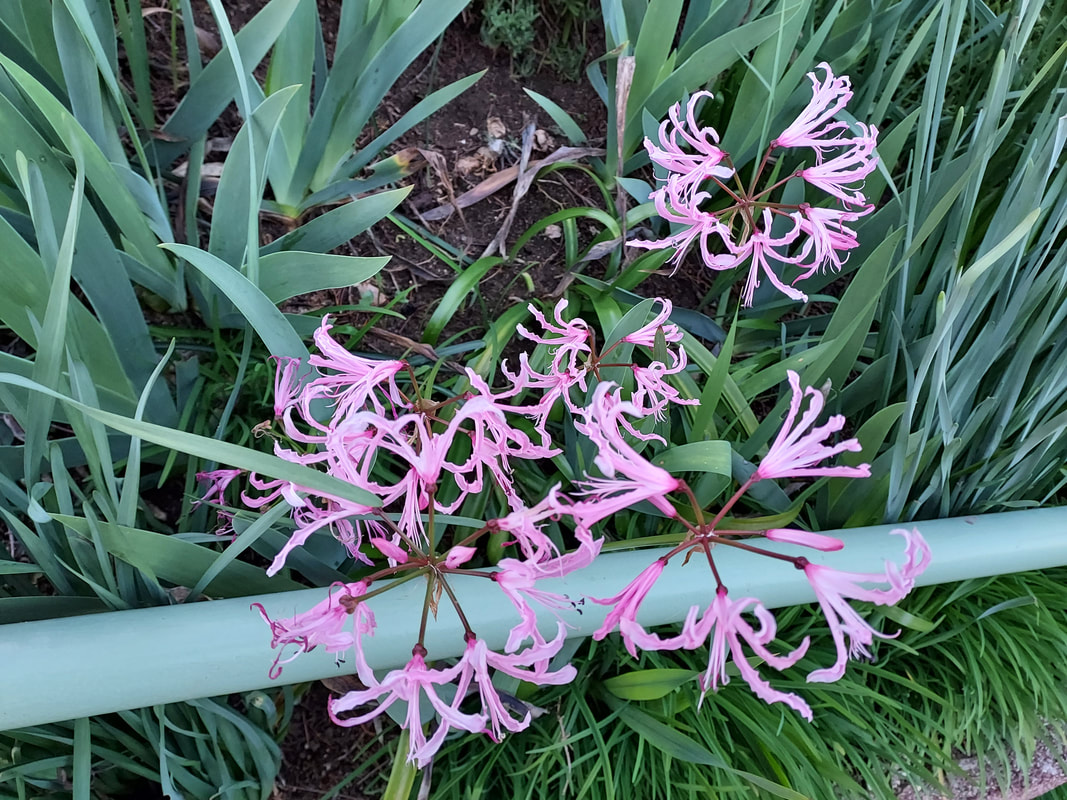
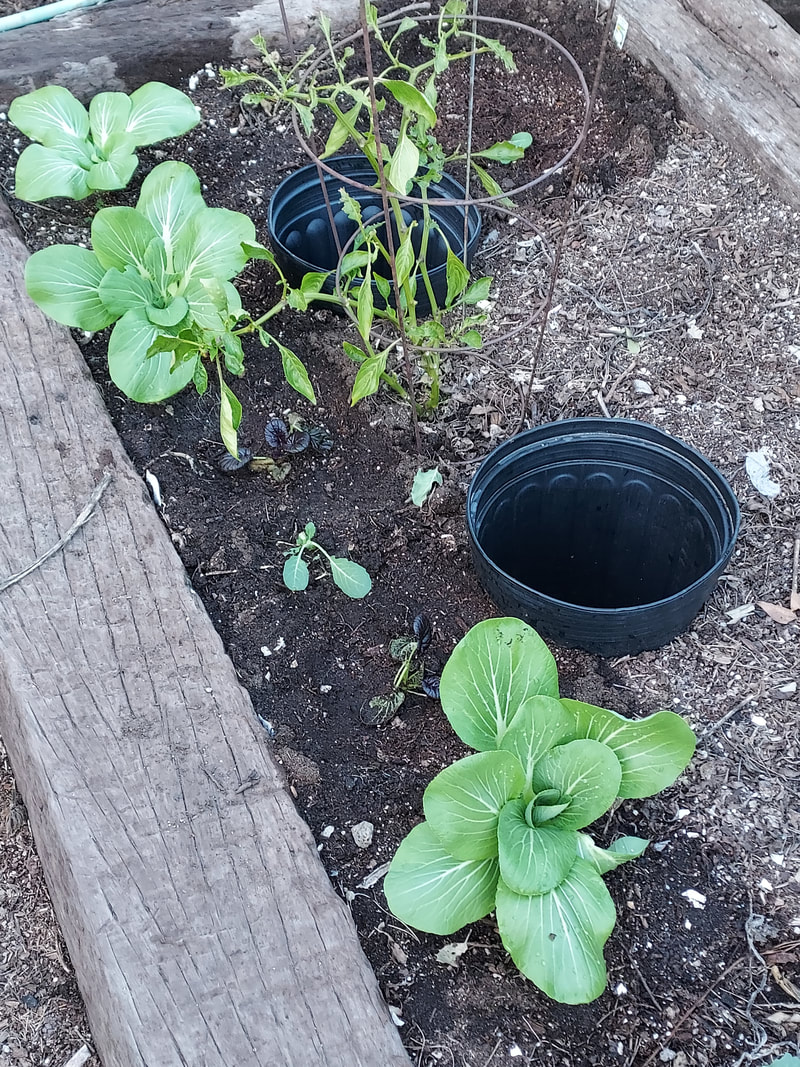
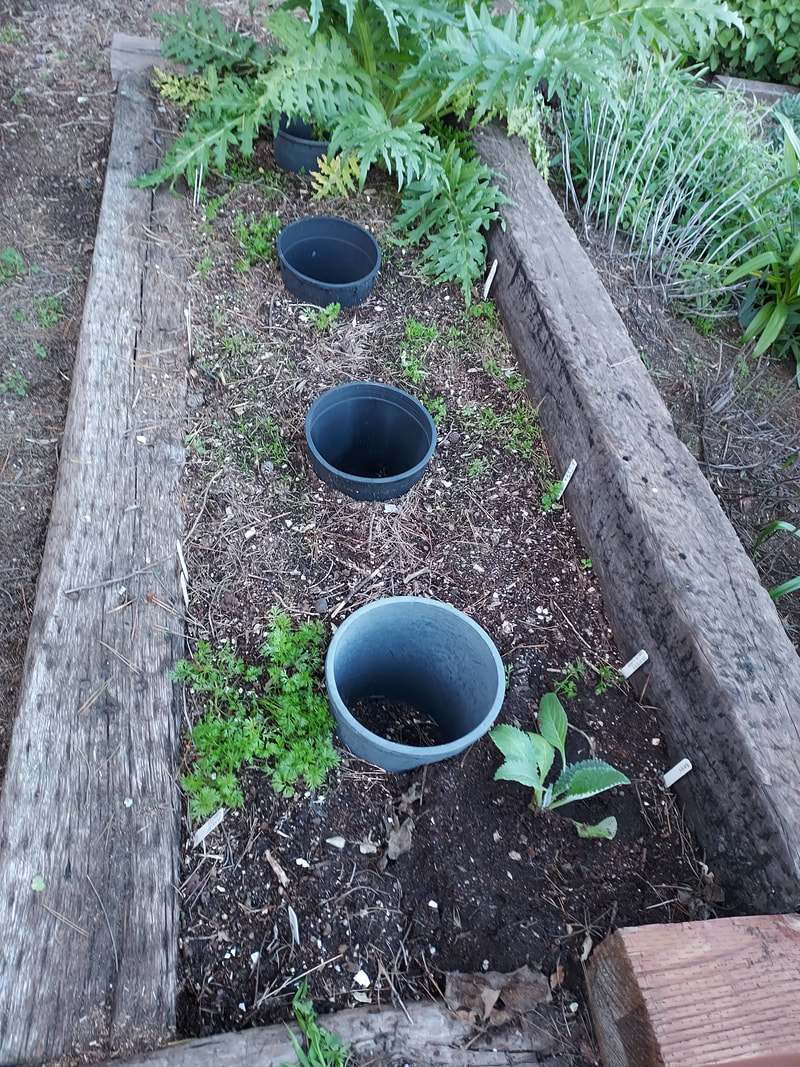
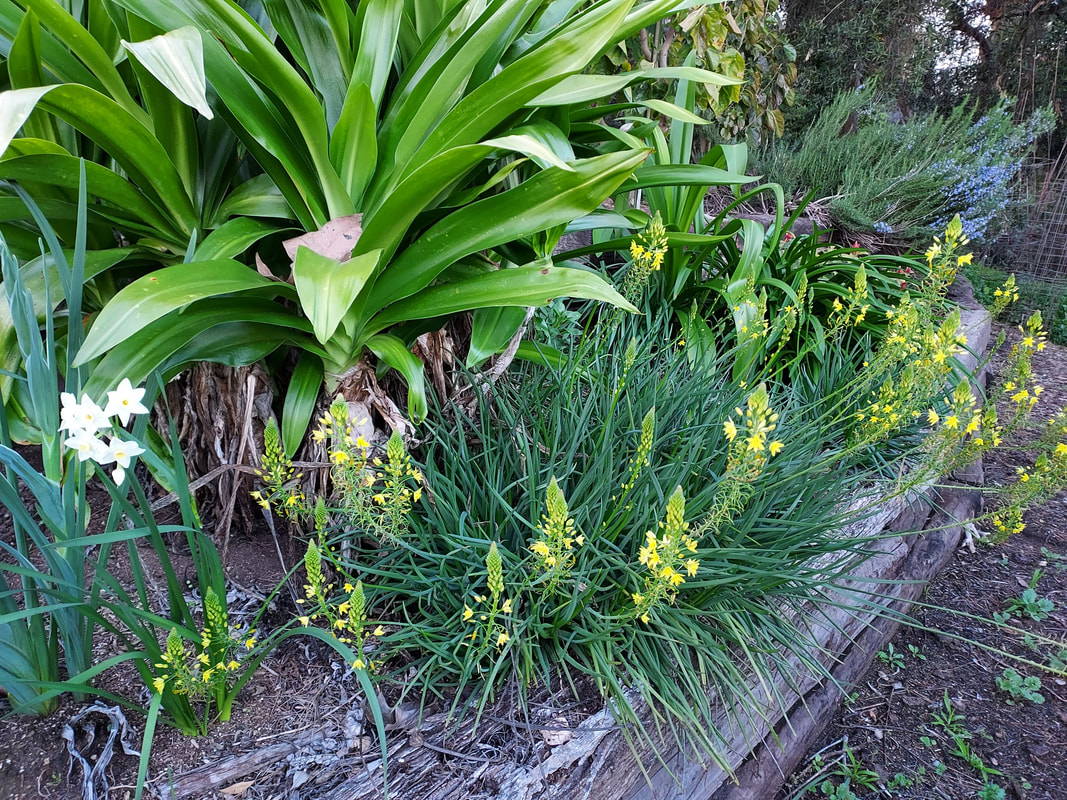
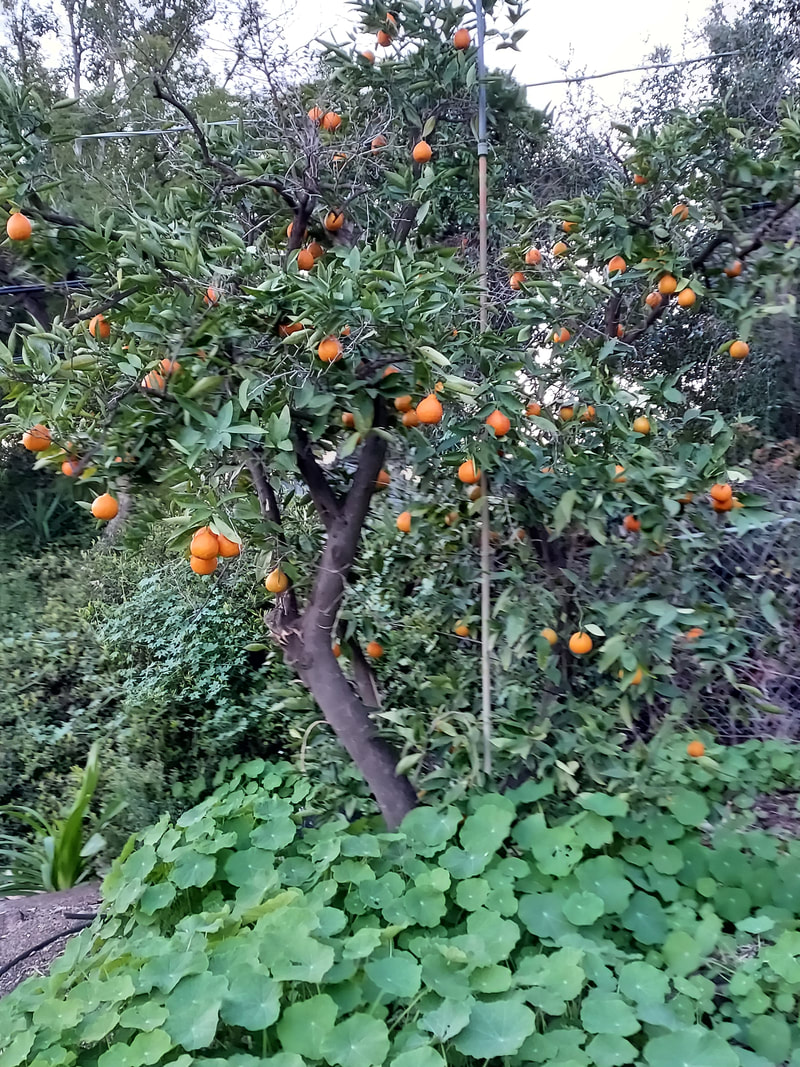


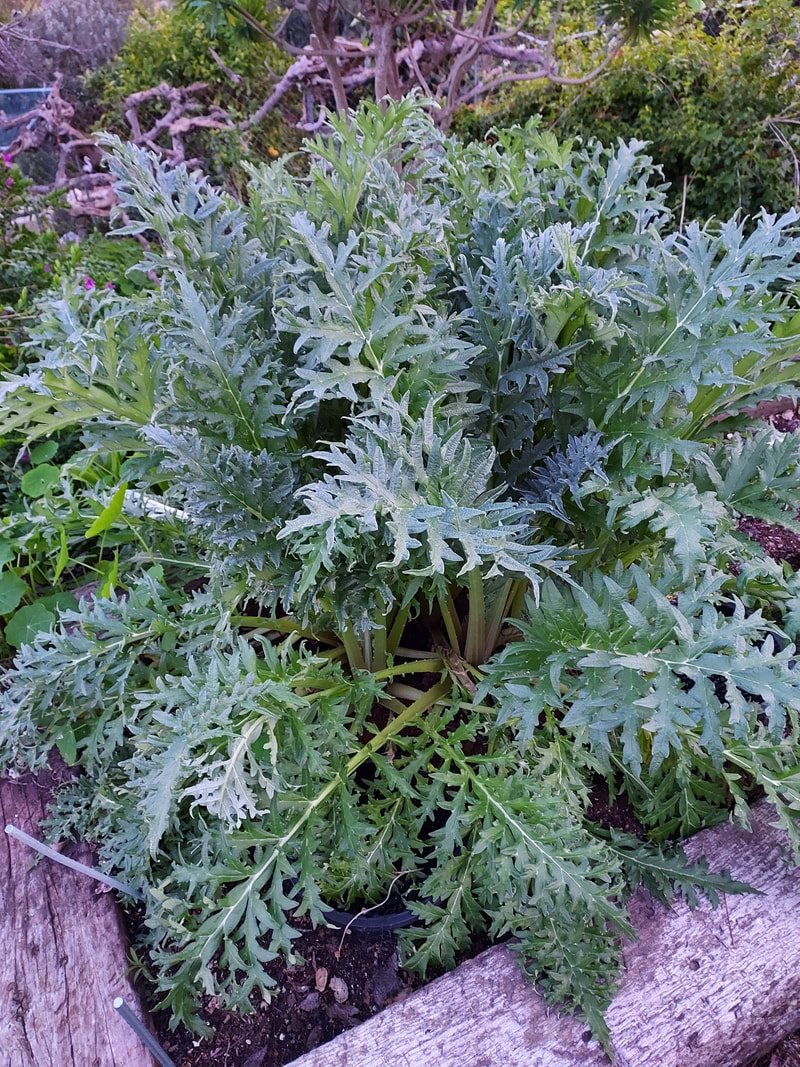
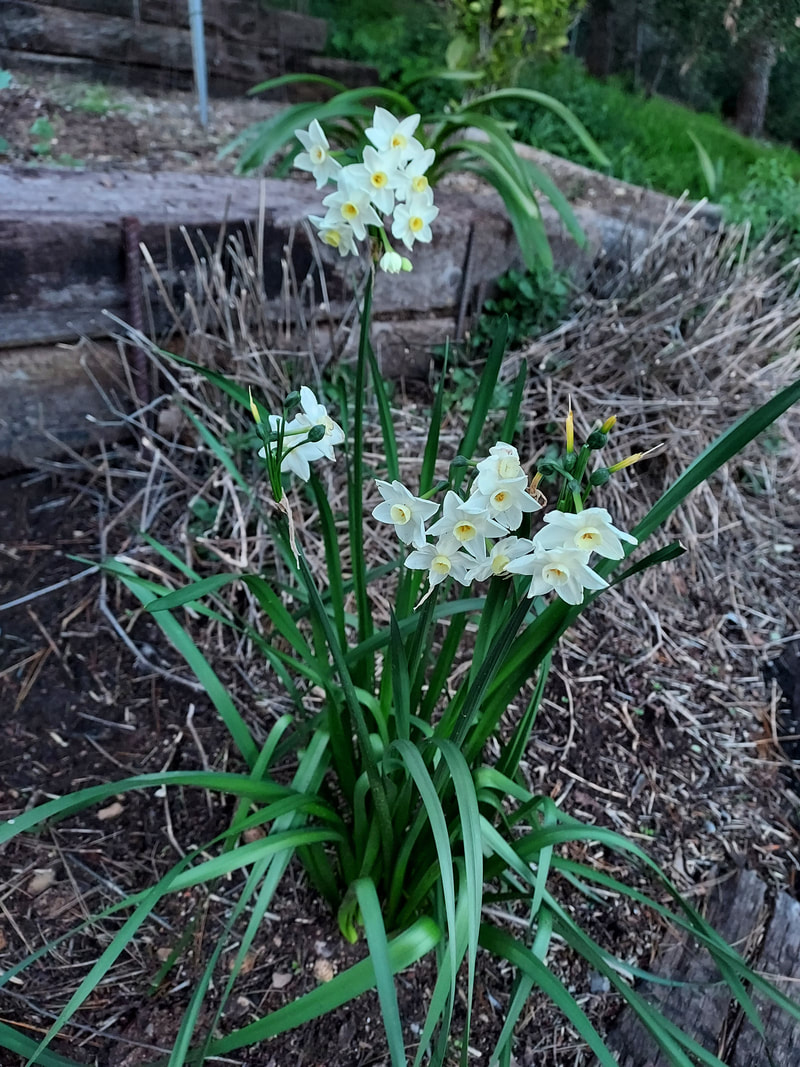
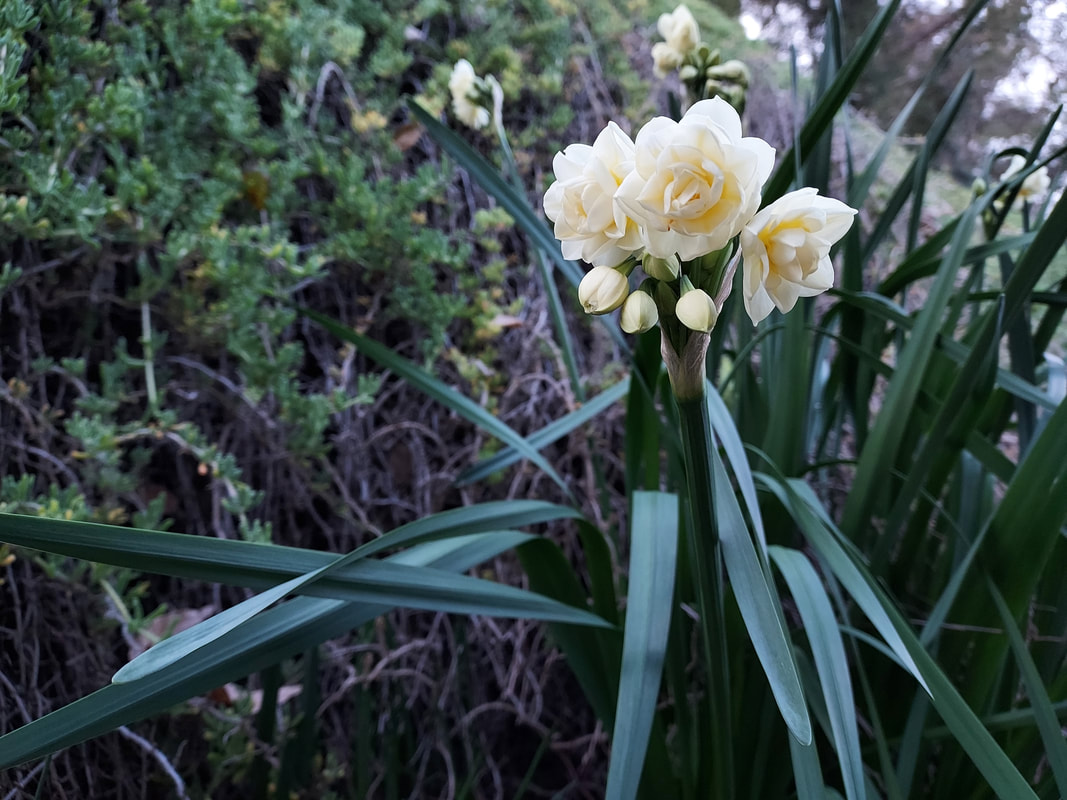
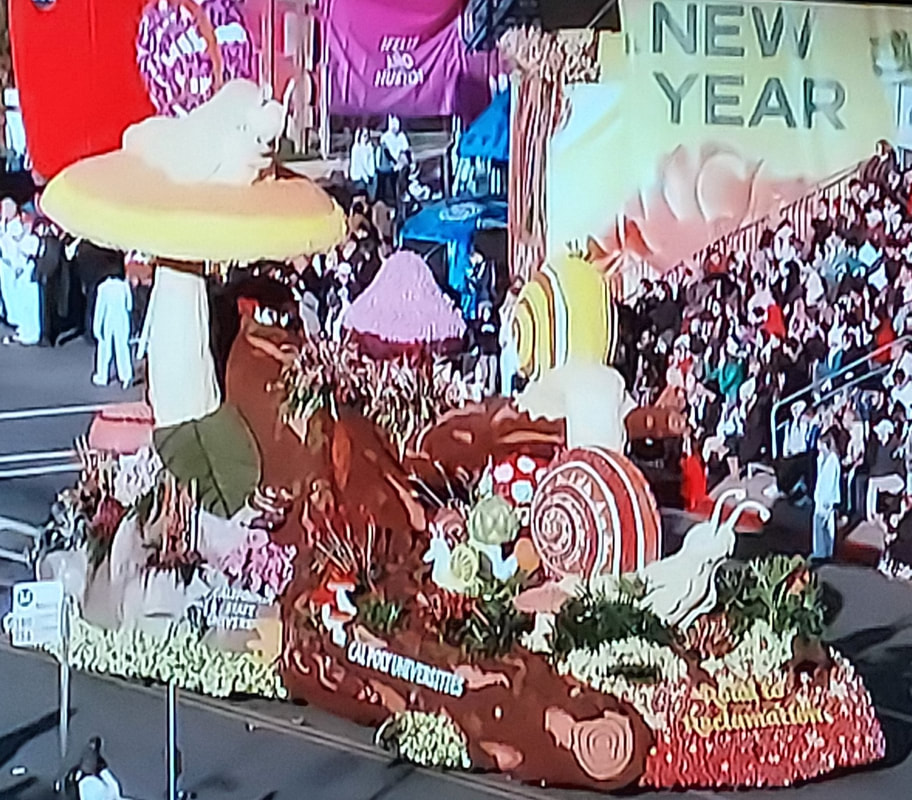
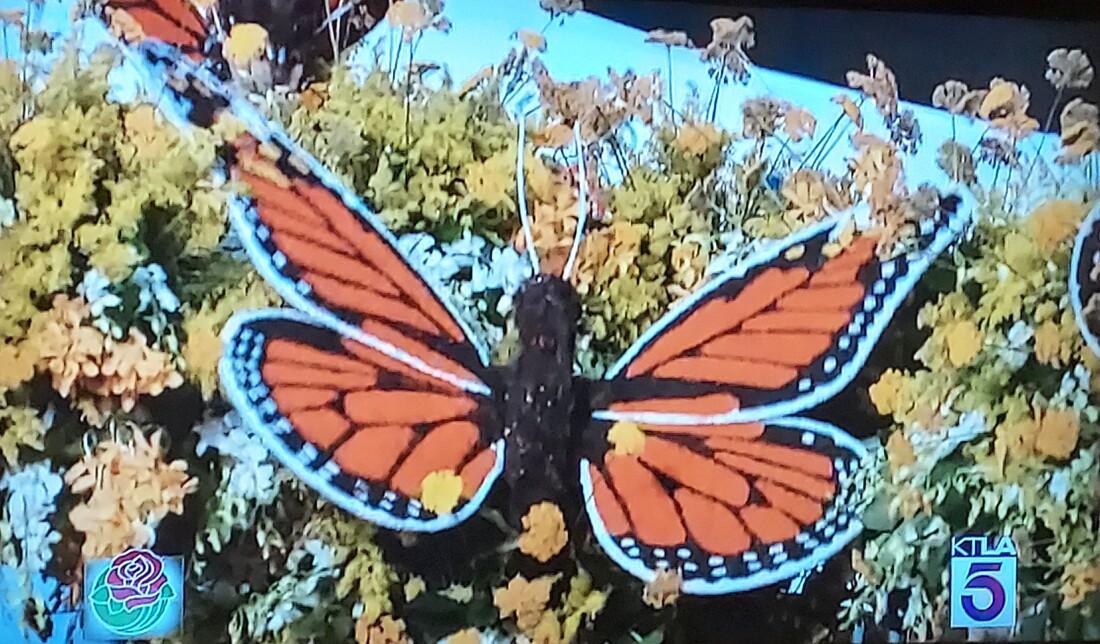
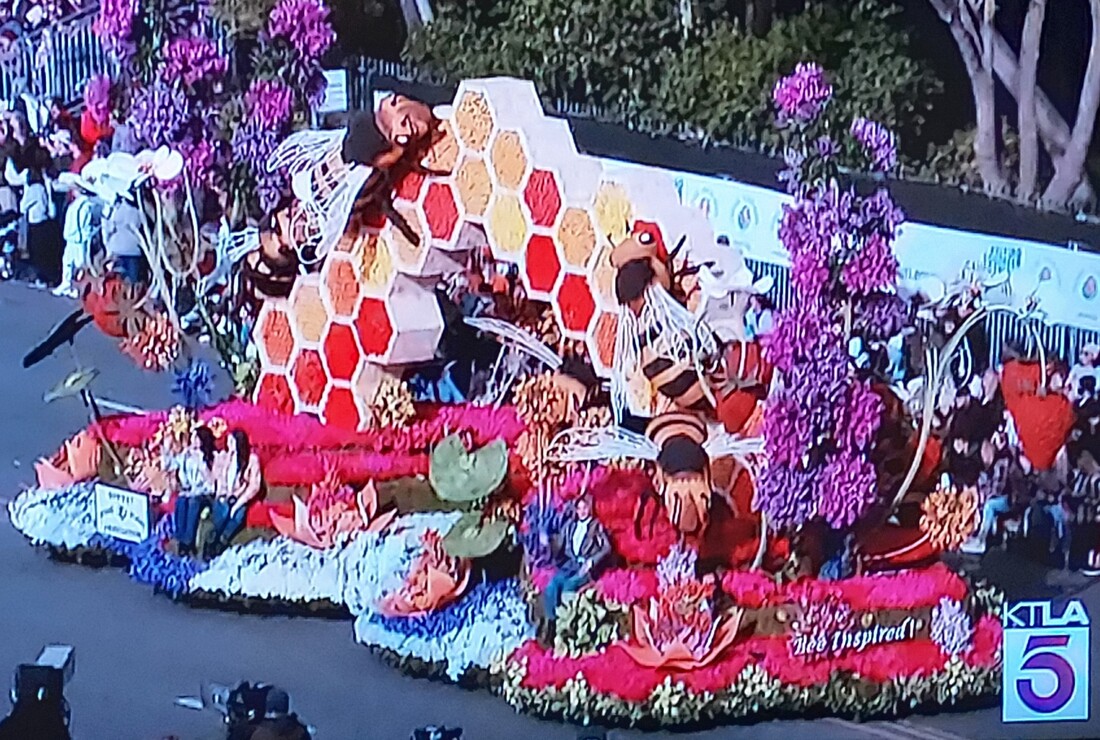
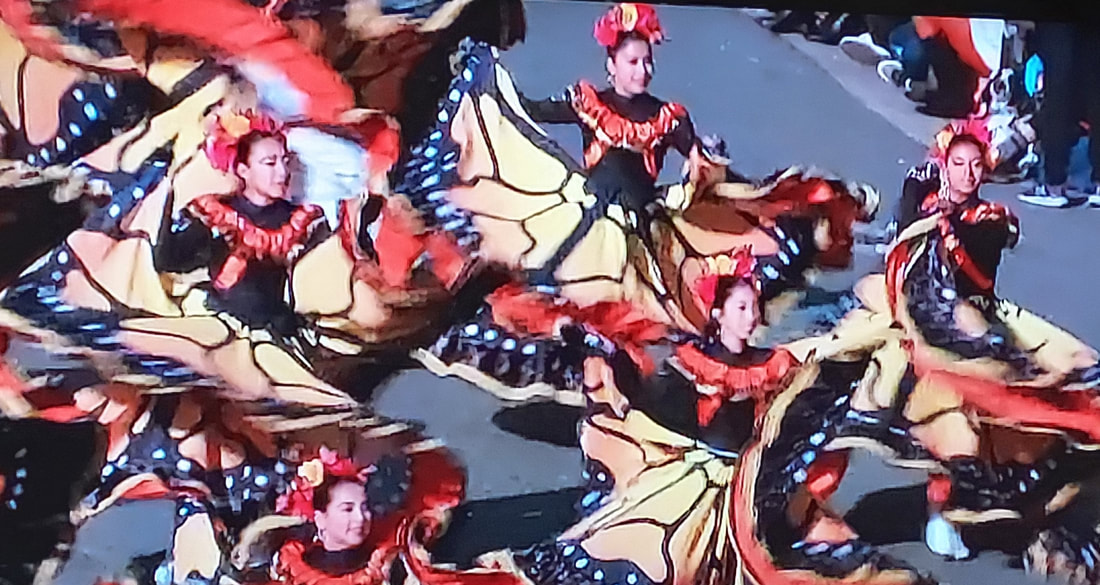
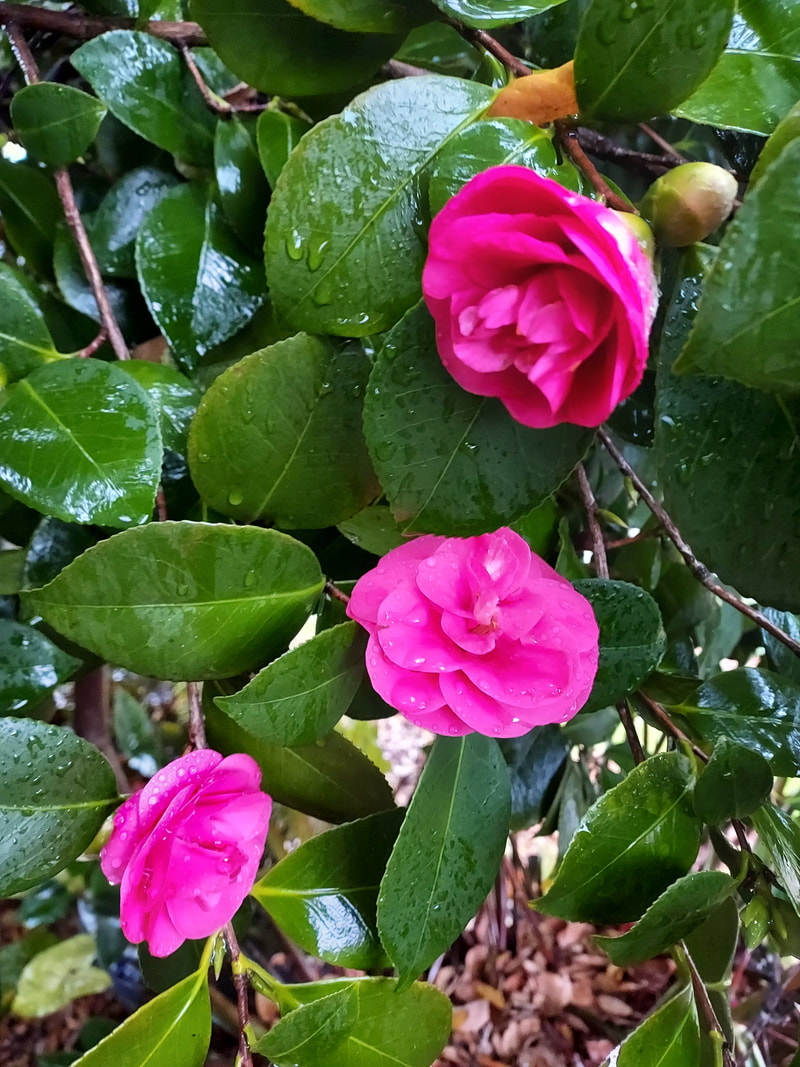
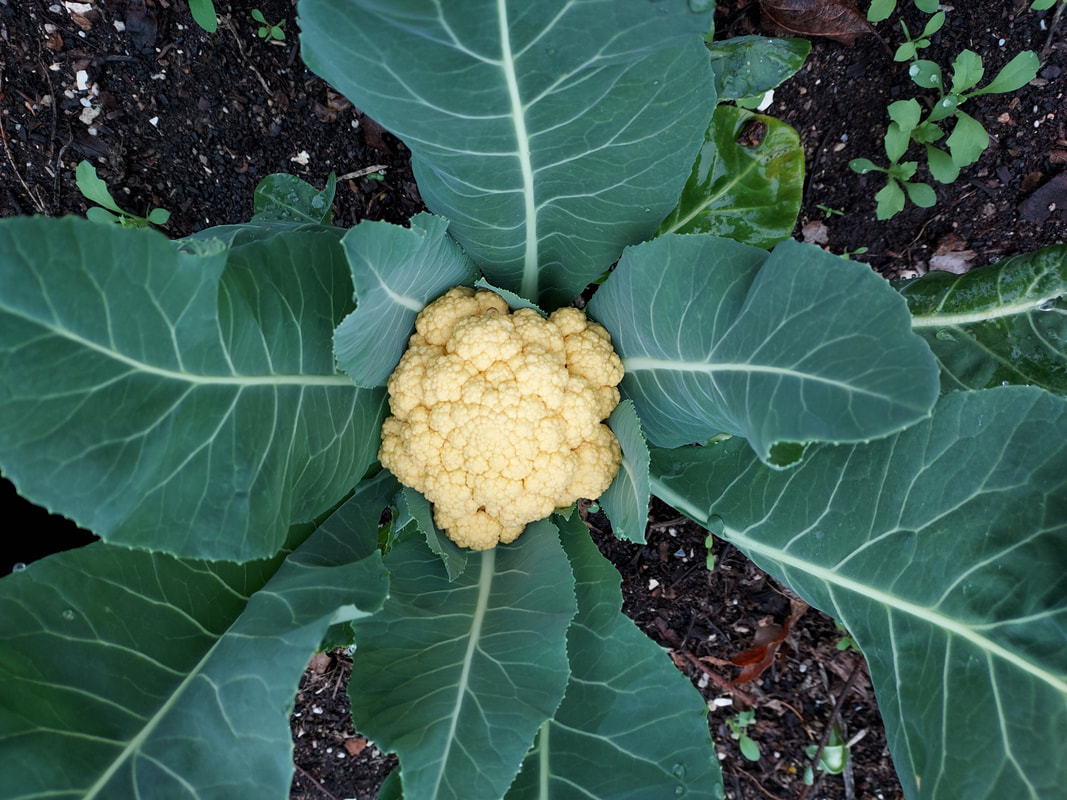
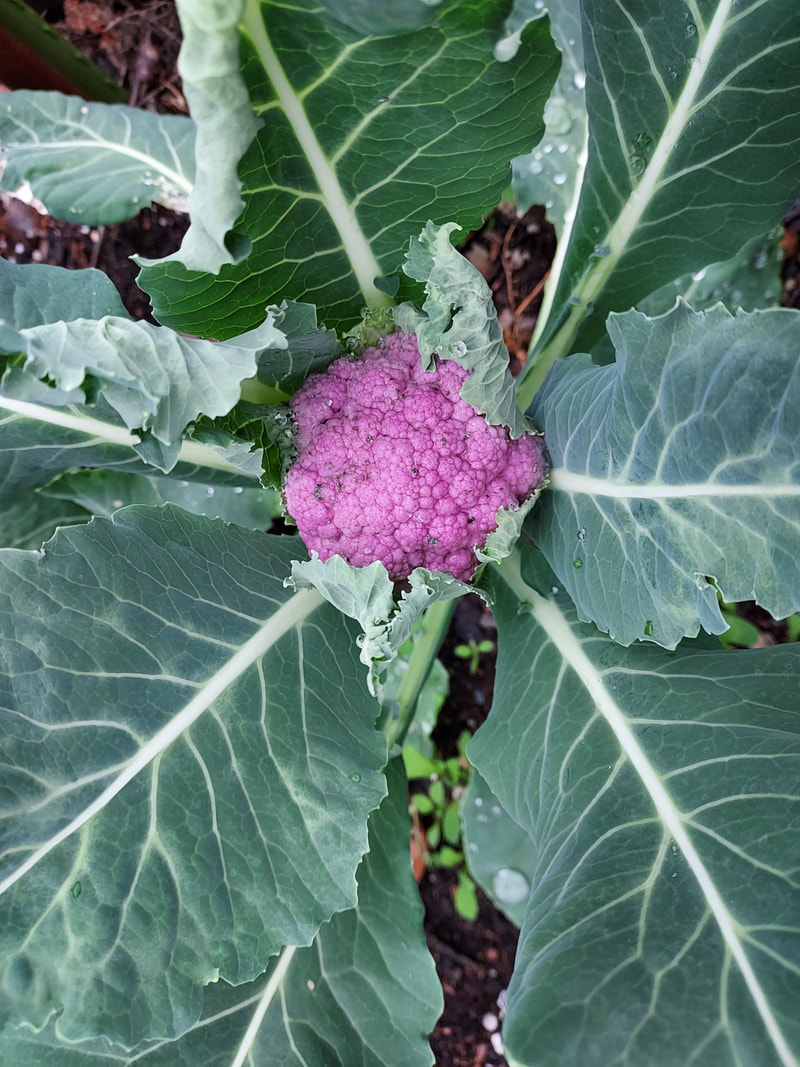
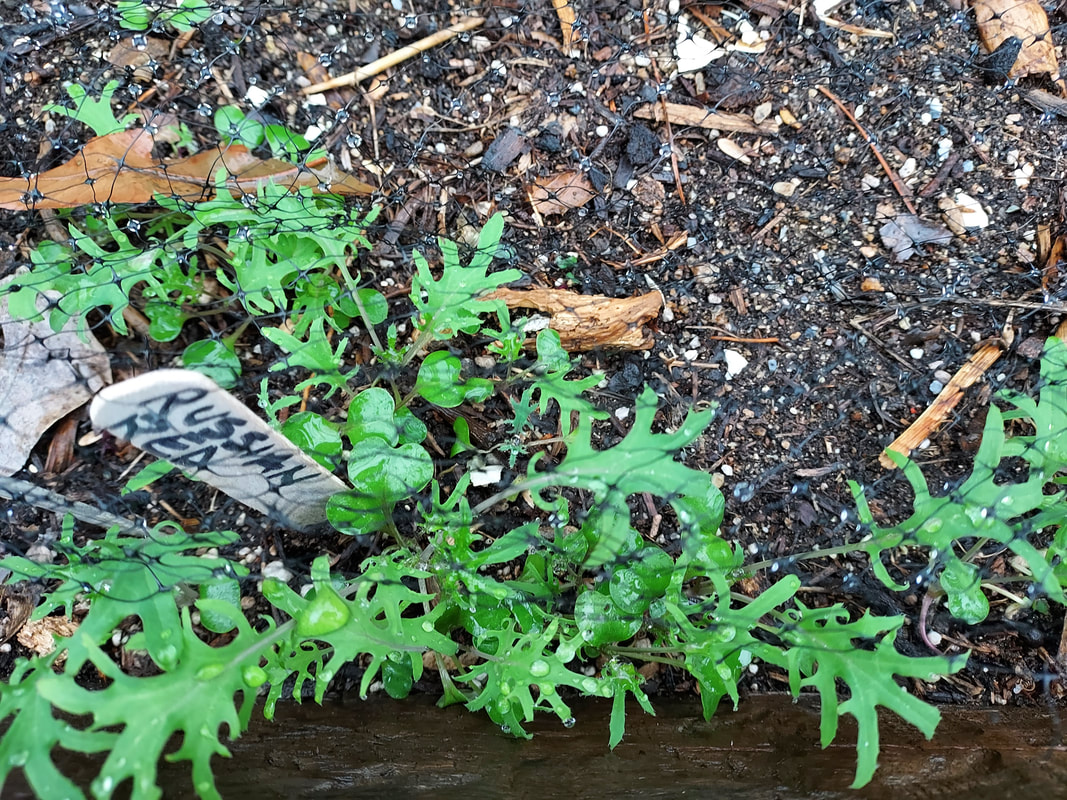
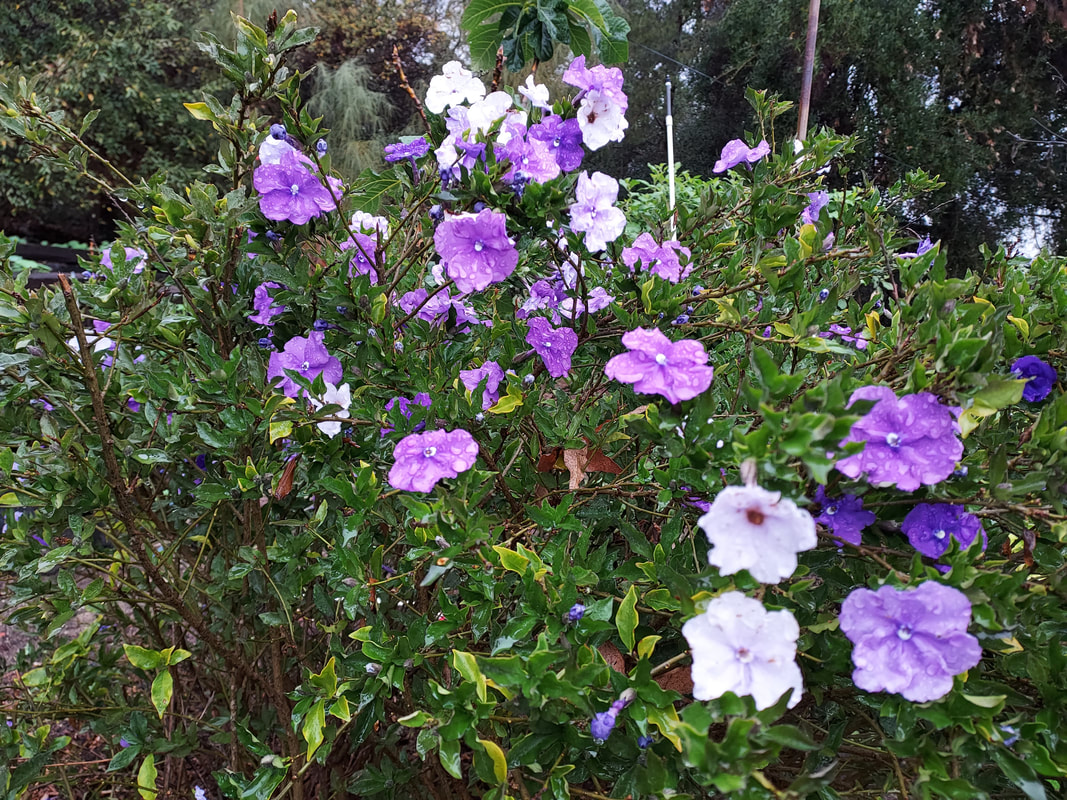
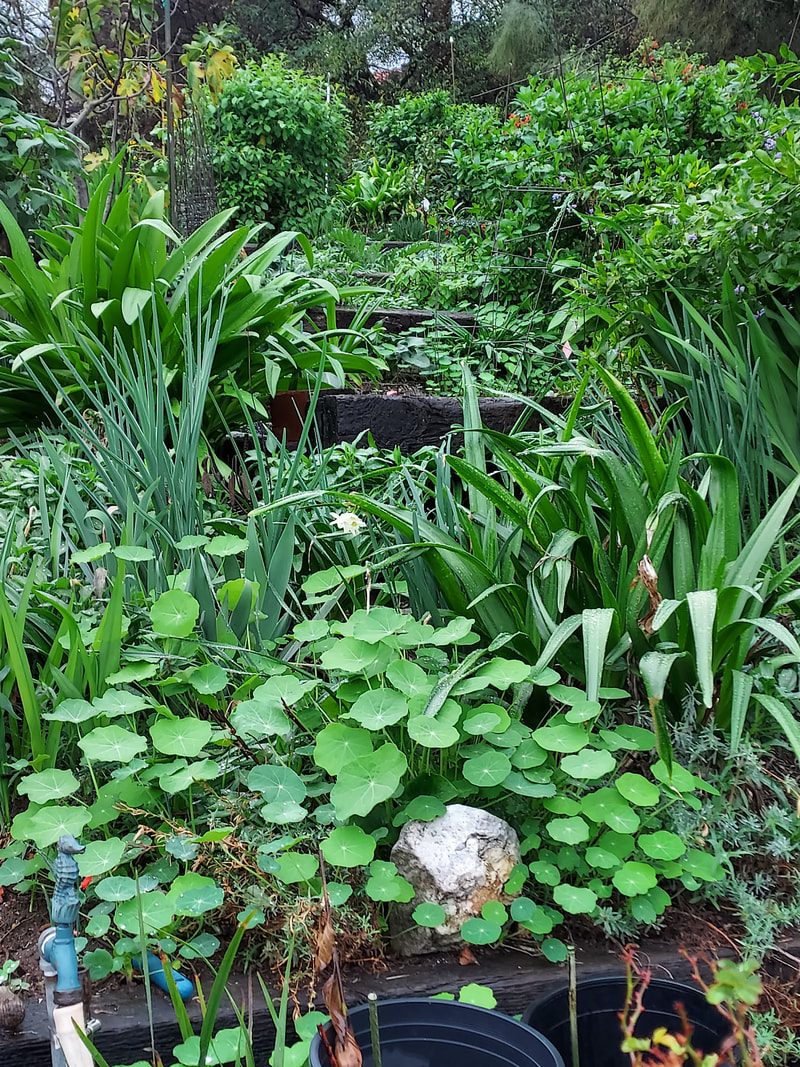
 RSS Feed
RSS Feed